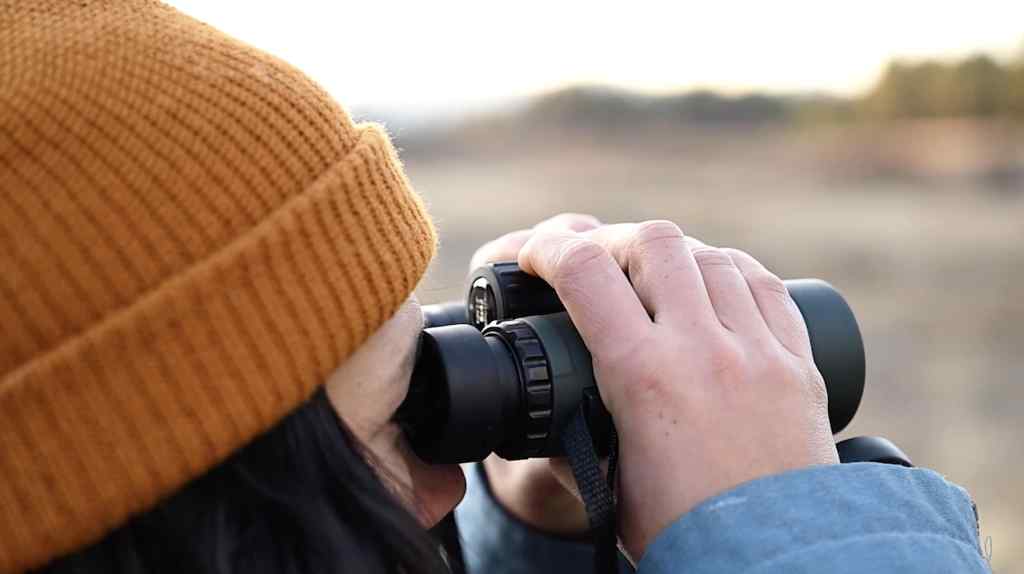Best Amateur Telescopes: Which Should You Buy for Stargazing?
If you are a professional photographer with an interest in capturing the beauty of the night sky, investing in the best amateur telescopes can elevate your photographic journey to new heights. With a myriad of choices available, determining which telescope suits your needs involves understanding their features, specifications, and various types.
In this extensive guide, we'll walk you through the key factors to consider when selecting the right amateur telescope. By the end of this article, youll be equipped with the knowledge to make an informed purchase, whether for personal enjoyment or to enhance your astrophotography skills.

Understanding the Different Types of Telescopes
When considering the best amateur telescopes, it's crucial to understand the different types available. The main categories include refractors, reflectors, and compound telescopes. Each type has its own advantages and disadvantages.
1. Refractor Telescopes
Refractor telescopes utilize lenses to gather light and create images. They are known for their durability and excellent contrast, making them particularly suitable for viewing planets and star clusters. A significant advantage of refractors is that they require little maintenance; however, they can be pricey, especially for larger apertures.
2. Reflector Telescopes
Reflector telescopes, on the other hand, use mirrors to collect light. These telescopes typically allow for larger apertures at a lower cost than refractors. They are exceptional for deep-sky observing as they gather more light, enabling you to see fainter objects. However, they require regular maintenance to prevent dust accumulation on the mirrors.
3. Compound Telescopes
Compound telescopes combine the best features of both refractors and reflectors. They are versatile and compact, making them a popular choice among amateur astronomers. While they can be more expensive than both refractors and reflectors, their ease of transportation and superior optics justify the price.
Key Features to Consider in the Best Amateur Telescopes
When selecting from the best amateur telescopes, consider aspects such as:
- Aperture: This refers to the diameter of the telescopes primary lens or mirror. A larger aperture means better light-gathering ability, which translates to clearer images of faint objects.
- Magnification: While higher magnification offers more detail, its important to strike a balance, as too much can lead to blurry images.
- Portability: If you plan to take your telescope to various locations, choose one that is lightweight and easy to set up.
- Mount Type: There are two main types of mounts: altazimuth, which moves up/down and left/right, and equatorial, which tracks celestial objects as they move across the sky.
Best Amateur Telescopes on the Market
Here are some of the top recommendations for the best amateur telescopes available today:
1. Celestron AstroMaster 70AZ Telescope
This refractor telescope is perfect for beginners and provides stunning views of planets like Jupiter and Saturn. With its 70mm aperture, it's portable and easy to use. Learn more about this telescope on [Celestron's website](https://www.celestron.com/).
2. Orion SpaceProbe 130ST Reflector Telescope
The Orion SpaceProbe boasts a 130mm aperture, making it an excellent choice for deep-sky viewing. It's very user-friendly, ideal for both new and experienced astronomers.
3. Sky-Watcher EvoStar 80 Achromatic Refractor Telescope
This telescope is celebrated for its stunning optics and great contrast. Its well-suited for astrophotography due to its exceptional image quality and light-gathering capabilities.
Astrophotography with Telescopes
For professional photographers, utilizing the best amateur telescopes enhances their astrophotography skills. The combination of long exposure times and high magnification allows you to capture detailed images of celestial objects.
Photographers often attach cameras to telescopes using various adapters. Many recommend using a DSLR camera or a dedicated astrophotography camera for this purpose. Check out this guide on types of telescopes to learn more about refining your image capturing technique.
Maintenance and Care for Your Telescope
To ensure long-lasting performance for the best amateur telescopes, regular maintenance is essential. Here are a few tips:
- Always cover your telescope when not in use to prevent dust accumulation.
- Clean the optics with a microfiber cloth and lens cleaner. Avoid using chemicals that may damage the coating.
- Store your telescope in a dry, cool place away from direct sunlight to prevent overheating.

Common Questions about Amateur Telescopes
Here are some frequently asked questions about amateur telescopes:
1. What is the best telescope for beginners?
The best telescope for beginners often depends on the individuals preferences, but a good starting choice is a 70mm refractor telescope due to its simplicity and good optics.
2. How much should I budget for a good amateur telescope?
While prices vary, you can find decent beginner telescopes starting around $100. More advanced options can go up to $1000 or more.
3. Can I use my telescope for astrophotography?
Yes, many amateur telescopes are suitable for astrophotography, especially those with larger apertures and stable mounts. For tips, check out this article on telescope types.
By now, you should have a comprehensive understanding of the best amateur telescopes and how they can enhance your astrophotography skills. With the right telescope, you will unlock the beauty of the universe like never before!

